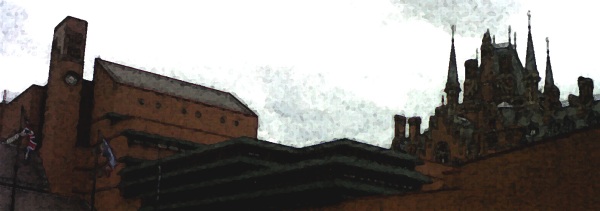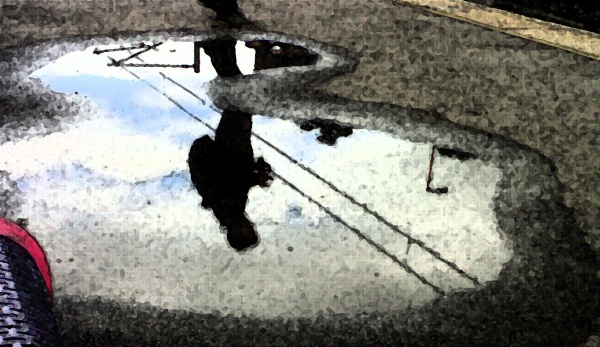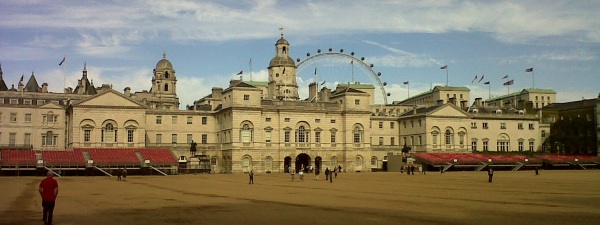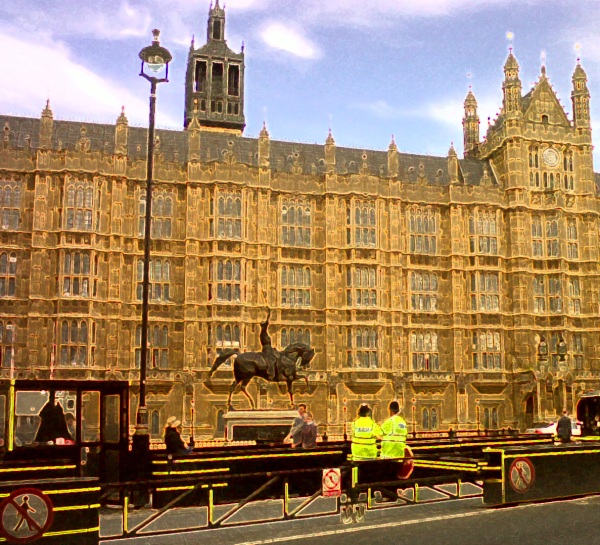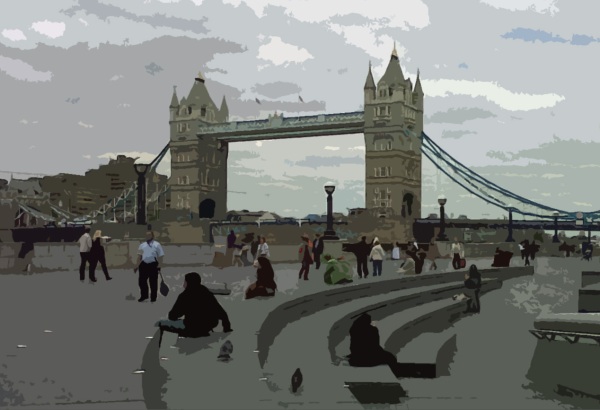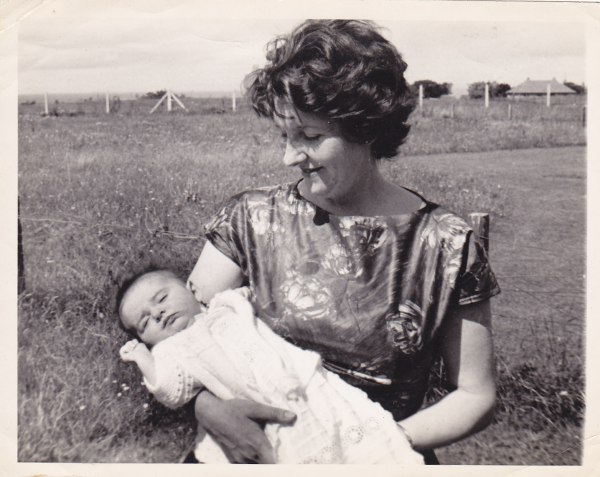There has been something about the recent local furore about a footballer trying to ‘gag twitter’ which has reminded me of the 2006 plagiarism case taken against Dan Brown.
Now this may just be another example of the spaghetti-like nature of my thought processes, but it’s to do with the fact that the substance of the argument really has no intrinsic merit, but the chatter and tittle tattle around it is obscuring the importance of the point at issue.
My level of interest in the activities of a footballer either on or off the pitch is vanishingly small; my support of people who claim that there is a public interest in disclosing stories about them is nil, but I do believe that the question of the impact of super-injunctions is an important one, long overdue for public scrutiny. It is just unfortunate that the ones we now know about are of such little consequence.
There are apparently many others, about which we may never know anything, but which like the Trafigura one do have a genuine public interest, about an important subject.
And that’s what made me think of Dan Brown.
At the outset, I should declare my lack of admiration for Brown’s work. I did once try to read ‘The da Vinci Code’, but abandoned the attempt just short of half way through, in rather the same way as I’ve never been able to watch more than a couple of episodes of ’24’. There was just something about that endless first day that bored me to death.
In 2006 the writers of a non-fiction work called ‘The Holy Blood and The Holy Grail’ lost a plagiarism case against Brown in the English High Court. There were many who were sniffy about his victory, wondering why anyone else would want to lay claim to his awful prose, or such manifestly crackpot theories, when clearly the answer was that there was a great deal of money in it, especially as a movie based on the novel was about to be released.
But leaving aside these ‘Brown specific’ arguments, what the decision did reinforce is that is not possible to claim ownership of ideas. In order to show infringement of their copyright the non fiction writers had to show Brown had copied substantial amounts both qualitatively and quantitatively from their work.
Being ‘inspired’ by someone else’s idea is not enough to mean that you have copied them. It’s up to you to make something new and unique from it.
Although, according to reports, some of the legal basis of the case against Brown was a bit flakey and not well presented, it was a good opportunity to reflect on the way fiction writers can use research, derived from works of non-fiction in their own writing; in the same way as historians might rely on the work of earlier historians for their research, so long as they use” a degree of labour, skill or judgement” in producing their own work, under the law it enjoys protection as an original work.
You only have to think of the huge variation on responses produced by a group of writers when presented with the same prompt to understand that everyone can use the same information to produce very different results; very few people would, in those circumstance accuse each other of copying, because it is both the similarities and differences in the work which are most interesting about those situations.
So, just for today, before being taken in by the tawdry tittle tattle of something in the papers, consider that there may be another way of looking at it.



